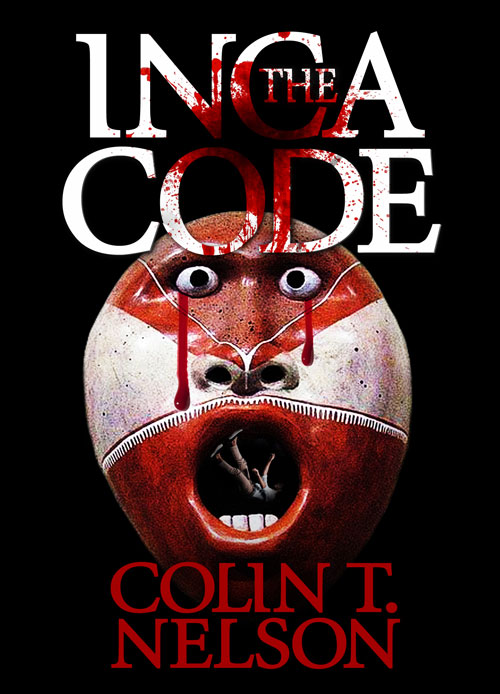Okay, I’m sorry to post one more time about the Amy Senser trial. It’s over, but for months the media in Minnesota covered the case non-stop. Amy Senser was accused of two lower levels of homicide for striking a man on an exit ramp, killing him. She left the scene without stopping and failed to report it for several days.
Then, after the verdict was read, the foreperson of the jury sent a note to the judge. It explained the reason why they found her guilty. The jury believed her testimony that she didn’t know she hit a human but found her guilty because she hit a vehicle instead and failed to stop and report it.
So, what’s so unusual about this?
1. Jury Instructions. The judge read the relevant law for the case to the jury which then had to apply it to the evidence the two sides had presented during the trial. In the Amy Senser trial, the instructions said they could find her guilty only if the jury was convinced beyond a reasonable doubt that Amy Senser either:
–Hit a person, knew she hit a person, and failed to stop and report it or,
–Hit a vehicle, knew she hit a vehicle, and failed to stop and report it.
2. Prosecutor only charged the first one: Amy Senser hit a person. The juror’s note said they believed Amy Senser’s testimony that she didn’t know she’d hit a person. However, they were convinced beyond a reasonable doubt that she knew she hit a vehicle.
Is there a problem with this?
The unusual aspect to this is that no one, either prosecutor or defense lawyer, offered any evidence of Ms. Senser hitting a vehicle!! (There was some evidence that she hit the side-view mirror of the victim’s car, but experts said the mirror couldn’t have caused the extensive damage to Ms. Senser’s car) So, was the jury’s decision wrong?
I’ve worked as both a prosecutor and defense lawyer for over 30 years and tried dozens of jury trials. What’s always amazed me is that juries make all kinds of decisions based on whatever parts of the evidence they choose to focus on. It’s been my experience that all the lawyers and judge can focus on particular evidence and issues in a trial that they assume are key to reaching a verdict. Then, juries pick an issue that no one expected. It happens often. For better or worse, this is how our justice system works.
In many trials, the reason for the verdict surprises the lawyers who presented the evidence. We can see how this occurred in the Amy Senser trial. Is the jury’s decision wrong? No–it followed the legal instructions given by the judge, but they seem to have “found” their own evidence to support the guilty verdict.







